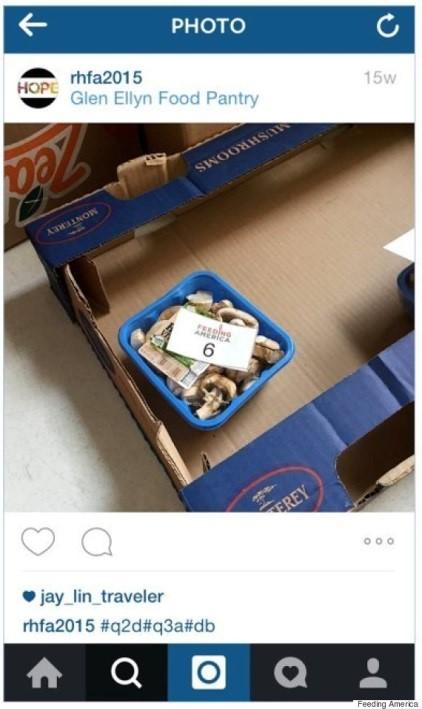- Home
- About Us
- Chapters
- Study Design and Organizational Structure
- Study Management
- Tenders, Bids, and Contracts
- Sample Design
- Questionnaire Design
- Instrument Technical Design
- Translation
- Adaptation
- Pretesting
- Interviewer Recruitment, Selection, and Training
- Data Collection
- Paradata and Other Auxiliary Data
- Data Harmonization
- Data Processing and Statistical Adjustment
- Data Dissemination
- Statistical Analysis
- Survey Quality
- Ethical Considerations
- Resources
- How to Cite
- Help


Appendix H
As part of carrying out the winning research proposals, participants from the 2014 American Association for Public Opinion Research (AAPOR) ResearchHack 1.0 (RH 1.0) helped to execute a series of foundational research projects to prove the concept and offer a methodological solution to a real-world challenge for Feeding America and their nationwide network of feeding programs [zotpressInText item="{2265844:AAST3YZD},{2265844:ZUYAXNEJ}"].
This study was to assess whether the Instagram (IG) app is a viable data collection tool to learn how individuals in need of food assistance find feeding programs within the Feeding America network. The proof-of-concept evaluated whether the IG app and data collectors can effectively collect the data points, including photos of clients’ food items, service location, hashtags, and clients’ general or specific comments, using the IG features (mainly images, hashtags, and location) at one selected feeding program [zotpressInText item="{2265844:SGUBS65Y}"].
A usability study was conducted and gave insights on potential technical and methodological issues for using Instagram as a data collection tool [zotpressInText item="{2265844:5VVTN5FW}"]. More specifically, the usability study answered the following research questions:
- Do users understand what all the buttons on the bottom of the Instagram home screen are for?
- Do users know how to upload and share a photo on Instagram?
- What potential usability issues would users experience when writing the captions, tagging people or places, and identifying hashtags for the data collection task?
A pilot data collection was conducted in five Feeding America food agencies. The study trained food pantry volunteers how to use the Instagram app to collect the responses of food pantry recipients. Using a 'show card' with the survey questions and answer options written out, respondents selected their answer which was converted to a hashtag. Below are two example questions the food pantry volunteers used photo and hashtags to record respondents answers.
- Question #1 asked: "Out of all the food you received (or being offered) today, is there a food item you will not use or cannot eat?"
- Question #2 posed: "Why not?" and offered the following reasons:
a. Food allergy or intolerance b. Dietary restriction c. Religious dietary practice d. Not familiar with, don't know how to cook or don't have equipment e. Don't like or children don't like f. Nothing (will use everything) g. Not healthy h. Other
For example, if a recipient answered that they did not take peanut butter because they are allergic to peanuts, the volunteer uploaded a photo of the peanut butter with the hashtag #q2d to illustrate it was answering the second question using the first answer option (d).Figure F1 shows an example that the food pantry volunteer logged in Instagram App using the 'rhfa2015' account and conducted interview at the Glen Ellyn Food Pantry. The food pantry volunteer recorded that the respondent will not use or cannot eat mushrooms (photo) because the respondent is not familiar with this item, doesn't know how to cook it, or doesn't have equipment to cook it (#q2d). Figure 1 also shows the food pantry volunteer asked another question (#q3a) and recorded their first and last initials (#db).
Figure H1: An example of using Instagram App to collect data in photo and hashtag format.

The study also provided the instructional materials for data extract using the Instagram API. Please see the AAPOR ResearchHack 1.0 website.
References [zotpressInTextBib style="apa" sortby="author"]